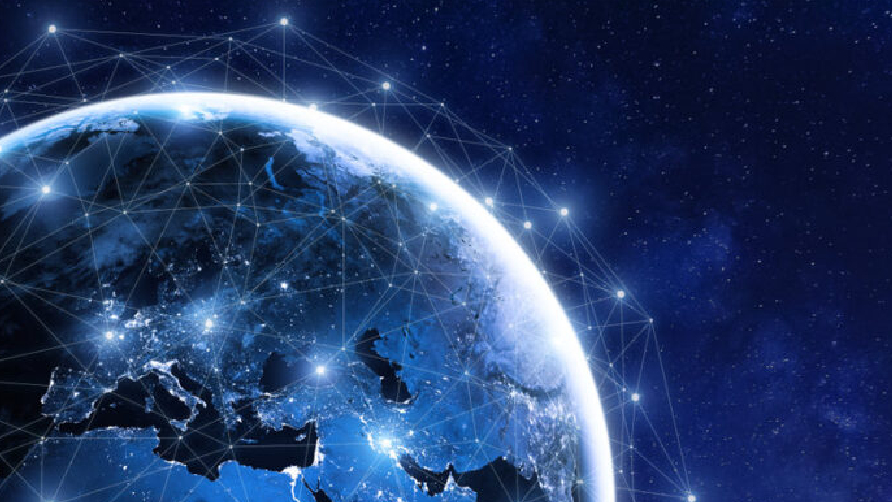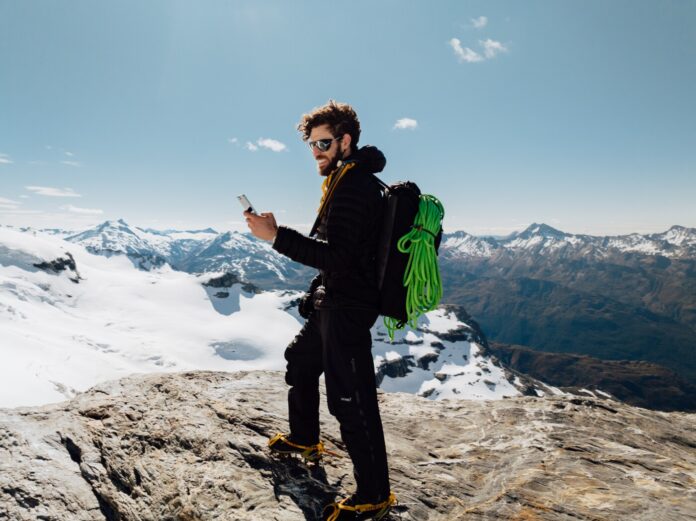The direct-to-cellular or D2C texting service is available on four smartphones, free of charge for eligible users
One New Zealand has become the first carrier to launch a nationwide satellite-based direct-to-cellular, or D2C, texting service to its customers, relying on Starlink’s Low Earth Orbit satellites.
“We have lift-off! I’m incredibly proud that One NZ is the first telecommunications company globally to launch a nationwide Starlink Direct to Mobile service, and One NZ customers are among the first in the world to begin using this groundbreaking technology,” said Joe Goddard, experience and commercial director at One NZ, in a statement.
The only other time that the service has been used was a temporary period this past fall, when Starlink and T-Mobile US got special permission to activate it for users as part of hurricane response in the United States. (T-Mobile US opened registration this week for its D2C texting beta service, which will kick off in 2025.)
Goddard said that in addition to covering New Zealand and the 40% of its landmass that isn’t covered by terrestrial mobile networks, the D2C texting service also works along the coasts, to a distance of about 20 kilometers out to sea.
One NZ said that eligible customers with one of four devices—the Samsung Galaxy Z Flip6, Samsung Galaxy Z Fold6, Samsung Galaxy S24 Ultra and OPPO Find X8 Pro—would be notified that they can start using the service, which is being offered on specific One NZ plans free of charge. The carrier said that eligible devices would be expanding over the course of 2025; according to a FAQ on the service, devices in testing include other S24, S23 and S22 models and a range of other Samsung devices, and several Oppo Reno12 models are in testing. No Apple devices were listed as eligible for the service.
Accessing the satellite-to-cellular service requires clear line-of-sight to the sky, and One NZ warned that D2C texting will take longer than with terrestrial cellular connectivity.
“One NZ testing indicates in many cases during the initial rollout period, text messages will be sent and received within 3 minutes,” the carrier said in a release. “However, at times it may take 10 minutes or longer to send and receive a text message via satellite, especially during the first few months. As the service matures and more satellites are launched, we expect text messages to take a minute on average to be delivered via space.”

The carrier said that the type of phone, the user’s geographic location, and whether a Starlink satellite is currently overhead or not, all influence whether, and how long it takes, for the D2C text to be sent or received.
The company added: “We continue to test the capabilities of One NZ Satellite TXT, and this is an initial service that will get better.”
“This is a generational change in mobile technology, just like 4G or 5G,” Goddard said. “Not only will you be able to message family and friends from parts of our beautiful country that you never thought possible, but soon this will open up new opportunities in IoT (Internet of Things) for sectors like agriculture, tourism, logistics and many more that power our economy here in NZ.” Goddard also framed the service as potentially providing “another layer of resilience in public emergencies”.
One NZ showcased the D2C texting technology with help from George Hillary, Sir Edmund Hillary’s grandson (pictured at top), who sent a text to his brother Alex Hillary, GM of the Himalayan Trust, from the top of Mount Head, a remote peak in New Zealand’s Forbes Mountains.
George Hillary commented: “The potential of this technology is mind-blowing. I’m used to being pretty limited from a communications perspective when hiking or on an adventure. I always take an emergency beacon in case things go wrong, but now also having the ability to send and receive text messages is huge. I can contact a friend for help or give climbing updates to my family while away.”
Goddard said: “For New Zealanders who like getting out into our great outdoors – or for people who need to travel along state highways and beyond for work – the reality is that many parts of the country lack traditional mobile coverage. … Our teams continue to test the service on additional phones, and we expect hundreds of thousands of customers to be able to use One NZ Satellite TXT by the end of 2025.”

